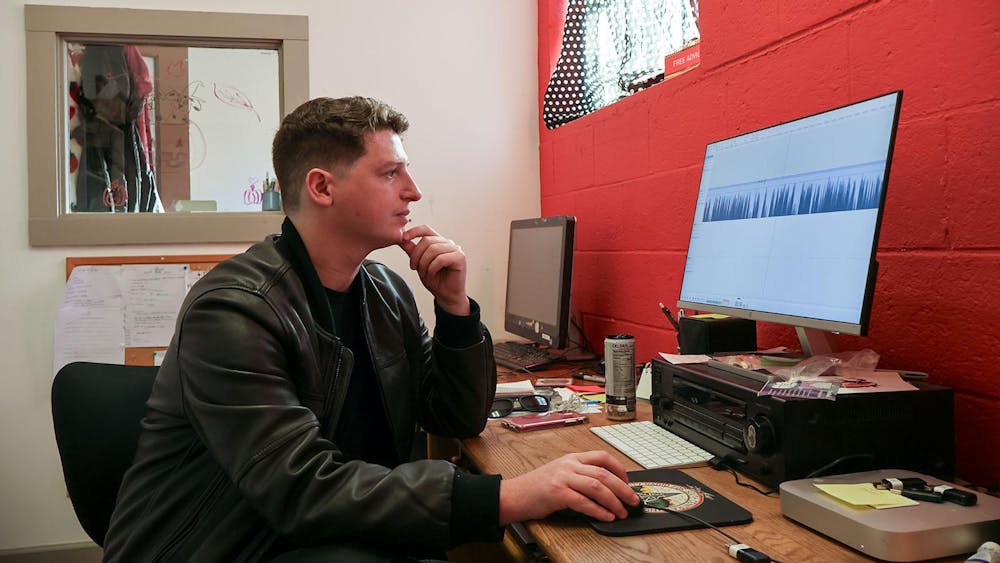Students and faculty from the School of Informatics and Computing have developed a tool capable of detecting bot-controlled Twitter accounts.
The software, called BotOrNot, is capable of evaluating more than 1,000 aspects of the user, like contacts and news feed content, according to a press release.
It then processes the information to determine whether a bot or a person manages the Twitter account.
The program began in 2012 with a $2 million grant and the collaboration of James Caverlee, professor in the informatics and computer science department at Texas A&M University, the release says.
The technology was created from a larger endeavor called the Truthy Project that aims to track misinformation on social media.
“One of the tools used by persuasion campaigns is to use software to programmatically post content, i.e., social media bots,” said Clayton Davis, informatics Ph.D. student and web interface developer for BotOrNot.
Bot-automated accounts are frequently used to spread false information across social platforms, which can result in suppressed discussion among users.
Although BotOrNot was initially designed to recognize automated accounts on social media, researchers said they believe the tool can be used by other businesses to maintain credibility among consumers in online forums.
“A less obvious application would be for detecting fake reviews on e-commerce sites like Amazon,” Davis said. “For instance, company X might use several bot accounts to leave positive reviews for their products and negative reviews for the competition.”
In the future, Prashant Shiralkar, an informatics graduate student and member of the Truthy Project, said he believes BotOrNot can help empower consumers to question content and maintain credibility in the online social sphere.
“Considering this and the ease with which online fake accounts could be created to inject false information, gain collective attention or simply to mislead people, it is natural for real users to question the authenticity of the users they interact with in an online social environment,” Shiralkar said. “That is where this tool comes in handy.”
Tool exposes fake Twitter accounts
Get stories like this in your inbox
Subscribe





